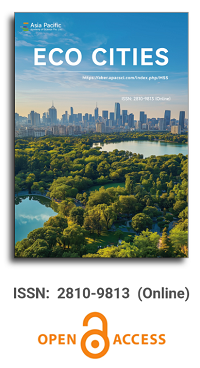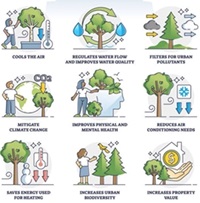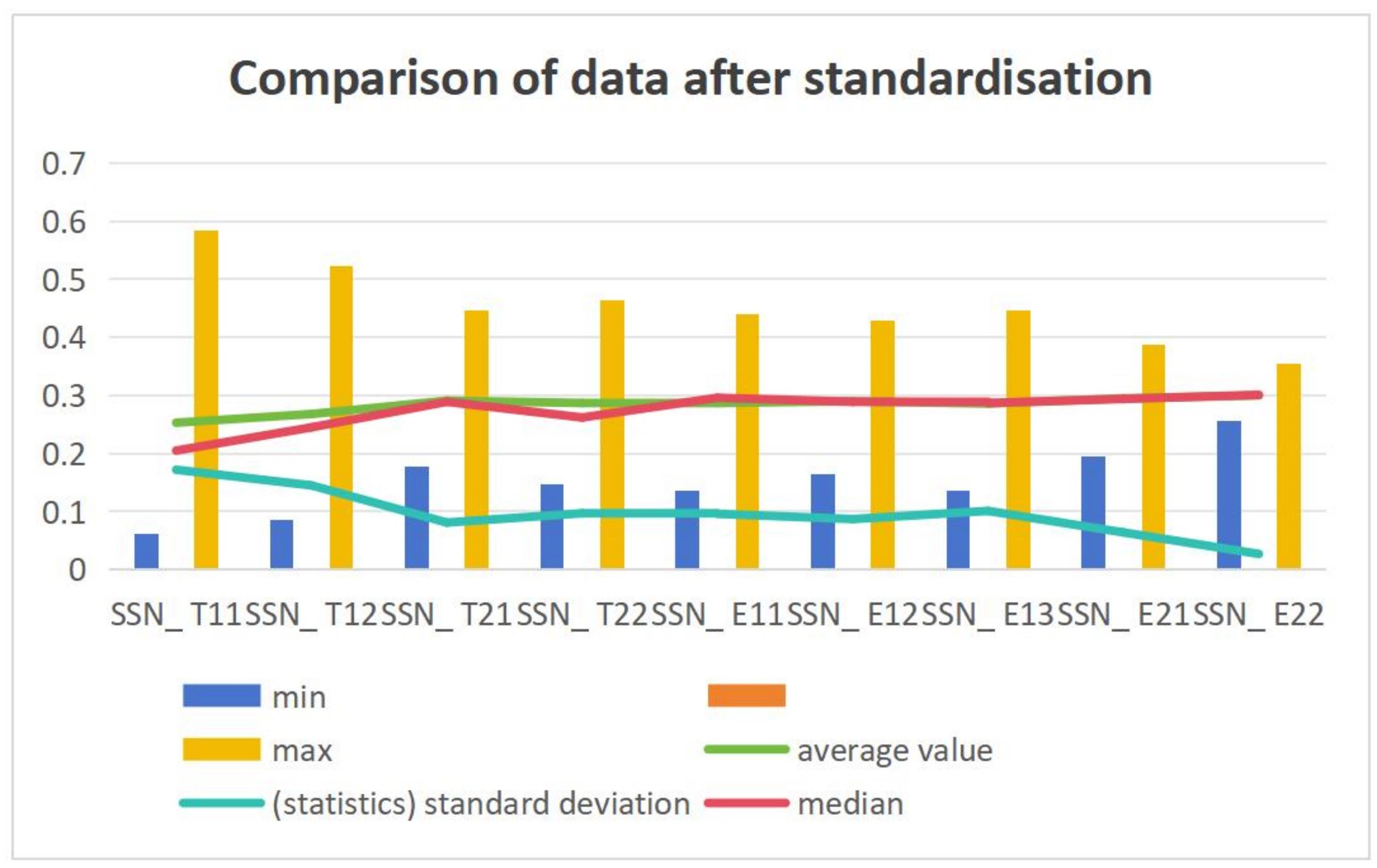


Compact and dispersed cities: From the perspective of coexistence and sustainability
Vol 3, Issue 2, 2022
Download PDF
Abstract
The purpose of this work is to compare and analyze the two opposite urban development models of compact cities and decentralized cities through five axes and determine which model is most suitable to promote urban coexistence and sustainability. Therefore, this paper makes a literature study on the coexistence and sustainability of cities and the characteristics of the two urban development models of compact cities and decentralized cities. The two models are compared and distinguished through five axes so that they can be compared under the variables of coexistence and sustainability. In the most revealing survey results, it was pointed out that compact cities are the most appropriate urban development model. Therefore, under the principles of compatibility, solidarity, and sustainability, cities are not only a “living space” but also a “space for living together”. The main conclusion is that in order to achieve urban coexistence and sustainability, a relevant urban development model and citizen commitment are needed.
Keywords
References
- Rivero J. Basic handbook of urban law. Madrid, Spain: Tecnos Press; 2018.
- Glaser E. The victory of the city. Because our best creation makes us richer, smarter, greener, healthier and happier. Madrid, Spain: Penguin Publishing Group S.A.U; 2011.
- Carrión F. Cities, memories and projects. Quito. Ecuador: Olachi Press; 2010.
- Echeverria J. City and urban design: A model of contemporary urban political theory. In: Crespo E, Reyes C (editors). Quito, Ecuador: City College; 2015. p. 11–29.
- Chueca F. A brief history of urban design. Madrid, Spain: Publishing Alliance; 2018.
- Aristóteles. Politics. Madrid, Spain: Gredos Press, S.A; 1988.
- Borja J. Urban revolution and urban rights. Quito, Ecuador: Olachi Press; 2011.
- Musset A. A nomadic city in the new world. Mexico City. Mexico: Economic and Cultural Background; 2011.
- Rueda S. La ciudad compacta y diversa frente a la conurbación difusa (Spanish) [Compact and diverse cities are a more sustainable future than decentralized urbanization]. Ciudades Para un Futuro Más Sostenible 1997; 19(01): 69–83.
- Ascher F. New principles of urban design. Madrid, Spain: Publishing Alliance; 2016.
- Guirao L. City life. Architecture (final work degree). Valencia, Spain: Valencia Polytechnic University; 2019.
- Ministry of the Environment and Barcelona Urban Ecology Agency. Barcelona, Spain: Environmental Green Paper, Volume I; 2007.
- Agencia de Ecología Urbana de Barcelona Red and Redes de Desarrollo Local Sostenible [Internet]. 2009. Available from: https://ajuntament.barcelona. cat/entitats/es/agencia-de-ecologia-urbana-de-barcelona
- Alarcón, J, Albert J. The urban law and the sustainable city. A propedeutical analysis of the case of the Republic of Ecuador. Revista de Dereito da Cidade 2019; 11(2): 457–490.
- Rueda SP. Un nuevo urbanismo para una ciudad más sostenible, I Encuentro de Redes de Desarrollo Sostenible y de Lucha contra el Cambio Climático (Spanish) [A new urban design, a more sustainable city, I met the network of sustainable development and climate change]. In: Victoria Gastez Sachs J (editor). La era del desarrollo sostenible. Barcelona, Spain: Deusto Press; 2005.
- Ramírez A, Sánchez J. Approaches to sustainable development and urban planning. Journal of Digital University 2009; 10(07): 24–32.
- Lehmann S. Green urbanism: Formulating a series of holistic principles. SAPI EN. S. Surveys and Perspectives Integrating Environment and Society 2010; 3(2).
- Muñiz I, Calatayud D, García M. Causes and effects of urban sprawl. Low density city logic, management and competition. Barcelona, Spain: Barcelona Parliament; 2010. p. 307–347.
- Montejano J. El principio de la densificación como argumento central de la sustentabilidad urbana: Una revisión crítica (Spanish) [The principle of densification as a central argument for urban sustainability: A critical review]. In: Montejano JA, Caudillo A (editors). Densidad, Diversidad y Policentrismo: ¿Planeando ciudades más sustentables? México: Centro de Investigación en Geografía y Geomática “Ing, Jorge L. Tamayo”; 2017. p. 57–83.
- Pacheco E. Urban sustainability: A strategy for the construction of sustainable urban model. In: Reyes C (editor). Quito, Ecuador: City College; 2016. p. 11–43.
- Rueda S. More sustainable spatial planning model. Barcelona, Spain: Environment Forum Foundation; 2002.
- Castillo L, Ferro A. La problemática del diseño con árboles en vías urbanas: verdes con pespuntes negros (Spanish) [Design problems of trees on urban roads: Green and black]. Architecture and Urban Design 2015; 36(1): 5–24.
- Rincón J. Land management, property and environmental plans. Bogota, Colombia: Digiprint Publisher; 2012.
Supporting Agencies
Copyright (c) 2022 Jaime Alfredo Alarcón Zambrano
License URL: https://creativecommons.org/licenses/by/4.0

This site is licensed under a Creative Commons Attribution 4.0 International License (CC BY 4.0).

Chinese Academy of Sciences, China
Indexing & Archiving
Asia Pacific Academy of Science Pte. Ltd. (APACSCI) specializes in international journal publishing. APACSCI adopts the open access publishing model and provides an important communication bridge for academic groups whose interest fields include engineering, technology, medicine, computer, mathematics, agriculture and forestry, and environment.



.jpg)

.jpg)



